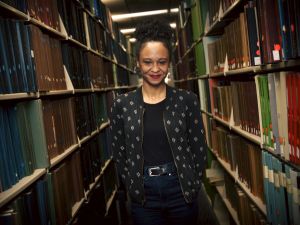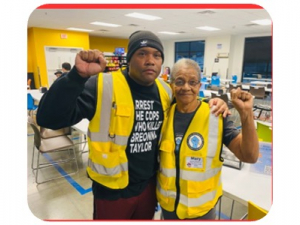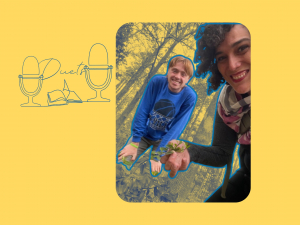America's Sacred Spaces - Bass Connections
America’s Sacred Spaces
A new documentary research initiative poised to tell the stories of 40 essential American places that enhance our understanding of the United States
The United States possesses singular places where citizens and others can visit to absorb elements of the nation’s depth of pain, triumph, awe, reverence, disappointments and dreams. “Sacred spaces” in this context refers to understanding America by literally standing in places and taking in layers of meaning that plumb the depths of our national character.
This pilot project will launch a multiyear, in-depth documentary research initiative to tell stories of 40 essential American places that enhance our understanding of the United States. This initiative will result in a field guide to the meaning of this country—a pilgrim’s itinerary into the soul of America. Ultimately, the goal is to provide a website, app and book that will provide orientations in text, maps and pictures of the country’s most sacred spaces. These tools will provide tangible lessons in civics, history, cultures and geographies, all combining to ground the traveler in our common heritage.
In 2018-19, a Bass Connections project team will begin organizing a field guide that will ultimately teach the complexities of sites such as the Manzanar Japanese internment camp, Fort Sumter, Little Big Horn, the site of Geronimo’s capture and New Orleans’ Ninth Ward. Not all will be as painful as these. The guide will also highlight the spot in Yosemite where John Muir and Theodore Roosevelt stood and imagined national parks, and the Civilian Conservation Corps camp at the Grand Canyon where youths worked to build the park.
The project team will first determine a list of places that convey the project’s main goal. Sites—likely including Pearl Harbor, Jamestown, the Lewis and Clark launch at the Columbia River, Cumberland Gap, Lexington, Yorktown, Utah’s Golden Spike in the Transcontinental Railway and a “stop” on the Underground Railway—will vary greatly. Yet every one of them will raise questions regarding Americanness, particularly where people have taken up arms and where someone has been forcibly removed for another’s gain.
Multiple voices are essential in the selecting of these sites. Each entry will be vetted by an advisory group. After the selection process, the team will collect oral history narratives, images, maps, video and supplementary readings about two initial sites, which are likely to be the two closest geographically to Durham. In preparation for the field visits, team members will help identify people with whom to meet as well as community resources and archives to explore.
The National Park Service, Library of Congress and other archival sources will be key resources. Duke research librarians and archivists will be crucial collaborators to provide training in research and help with preservation of the materials the team uncovers.
Faculty Team Leaders
Charles Thompson, Cultural Anthropology
Jedediah Purdy, Law School
Faculty Team Members
Adriane Lentz-Smith, History
Norman Wirzba, Divinity School
Graduate Student Team Members
Mav Block
Rendon Foy
Undergraduate Student Team Members
Ilke Arkan
Janie Booth
Helen Healey
Eva Hong
Caroline Kealoha
Rachel Lee
Samia Noor
Christina Shin
Sawyer Uzzell
Erica Wang




